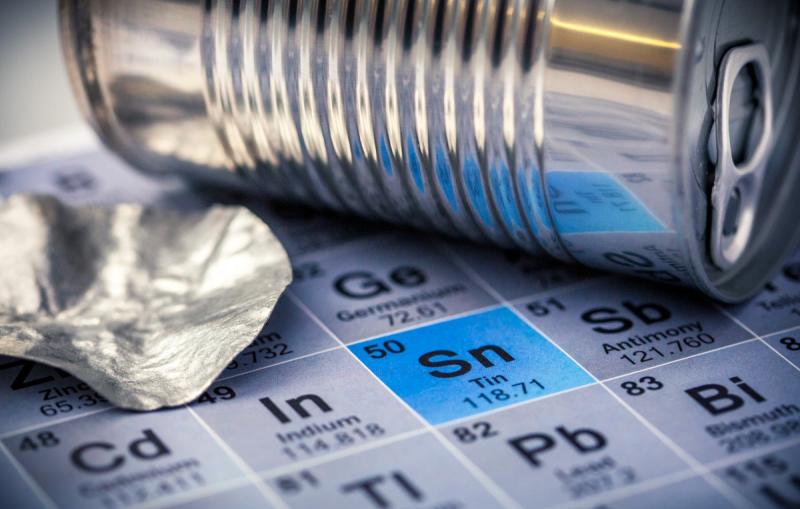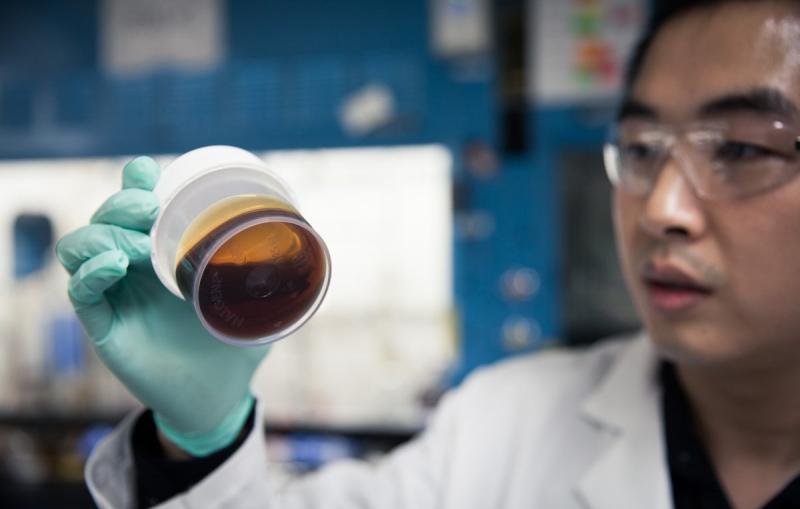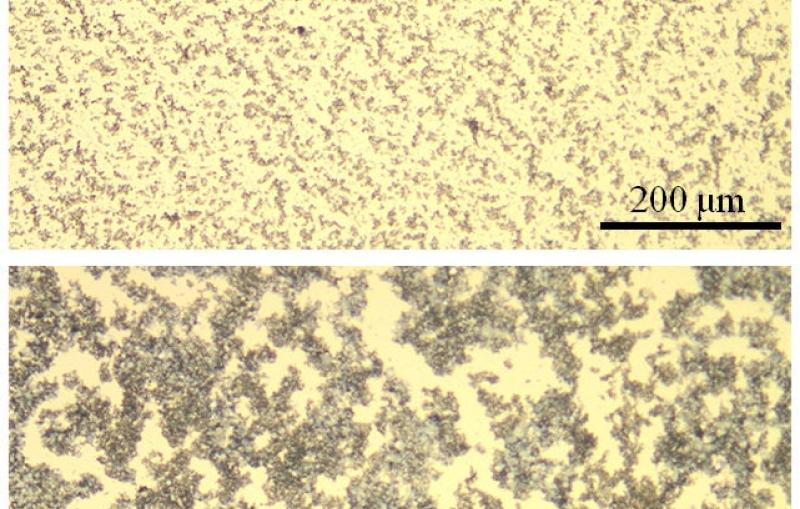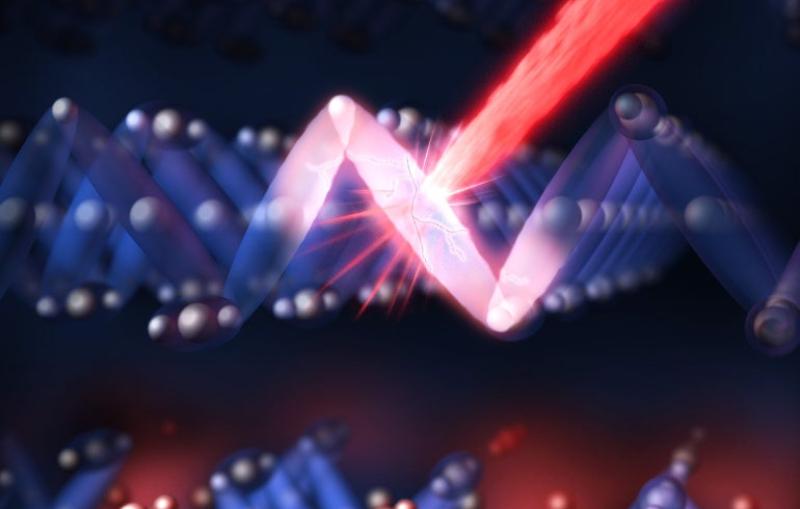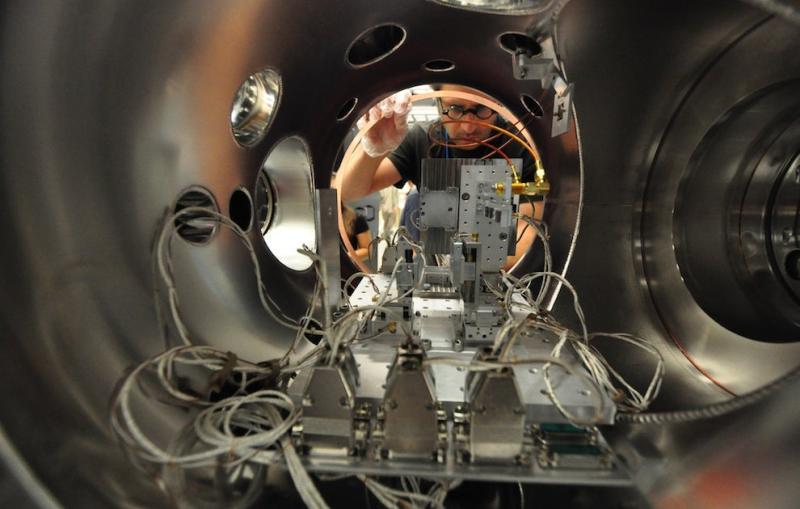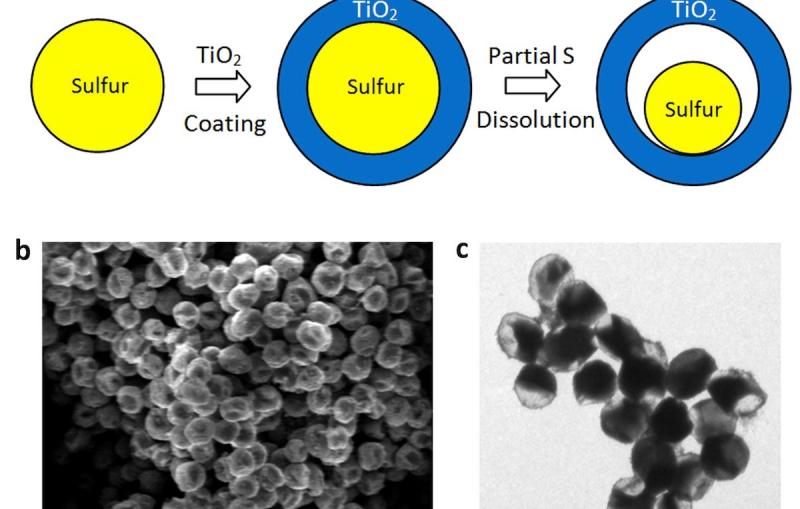Through innovations to a printing process, researchers have made major improvements to organic electronics – a technology in demand for lightweight, low-cost solar cells, flexible electronic displays and tiny sensors. The printing method is fast and works with a variety...
